The announcement and release of NVIDIA’s GTX 1070 Ti had many of us scratching our heads, thinking if there was even a need to fill the gap between the GTX 1070 and 1080. Whatever the reason is, you can argue about it all day long. The important thing is, it’s here, and we’re stuck with it.
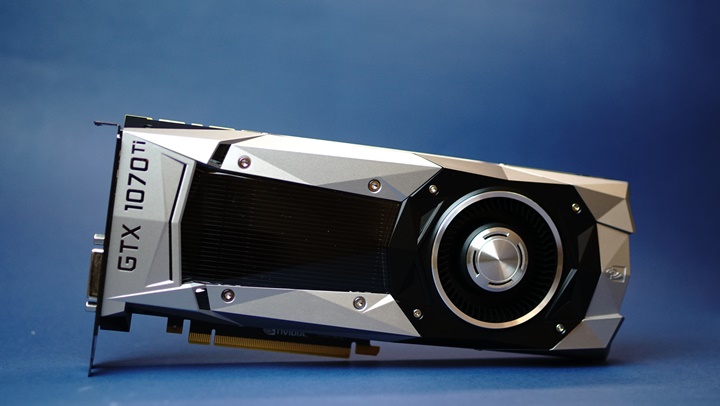
All of that aside, here is our review of NVIDIA’s newest high-end graphics card, the GTX 1070 Ti.
You may also see our unboxing and first impressions here.
Table of Contents
| Graphics Card | NVIDIA Geforce GTX 1070 | NVIDIA Geforce GTX 1070 Ti | NVIDIA Geforce GTX 1080 |
|---|---|---|---|
| Base Clock (MHz) | 1506 | 1607 | 1607 |
| Boost Clock (MHz) | 1683 | 1683 | 1733 |
| Memory Size | 8GB GDDR5 | 8GB GDDR5 | 8GB GDDR5X |
| Memory Speed | 8Gbps | 8Gbps | 10Gbps |
| Memory Interface Width | 256-bit | 256-bit | 256-bit |
| Memory Bandwidth (GB/sec) | 256 | 256 | 320 |
| CUDA Cores | 1920 | 2432 | 2560 |
| Graphics Card Power | 150W | 180W | 180W |
| Recommended System Power | 500W | 500W | 500W |
Immediately, we can see that the 1070 Ti takes traits from both of the cards it sits next to. It shares the same base clock as the 1080, but the same boost clock as the 1070.
It’s interesting that the number of CUDA cores the 1070 Ti has is not smack in the middle of the respective amounts of the 1070 and 1080. At 2432, it’s way closer to the 1080’s 2560.
It has the same amount of VRAM as the 1070 and 1080, but uses GDDR5. The 1080 uses GDDR5X VRAM which consumes less power, has a higher speed and bandwidth.
As for power draw, the 1070 Ti matches the 1080 at 180W.
Since this is a Founder’s Edition graphics card built by NVIDIA, there is no doubt that the GTX 1070 Ti has a supreme build quality.
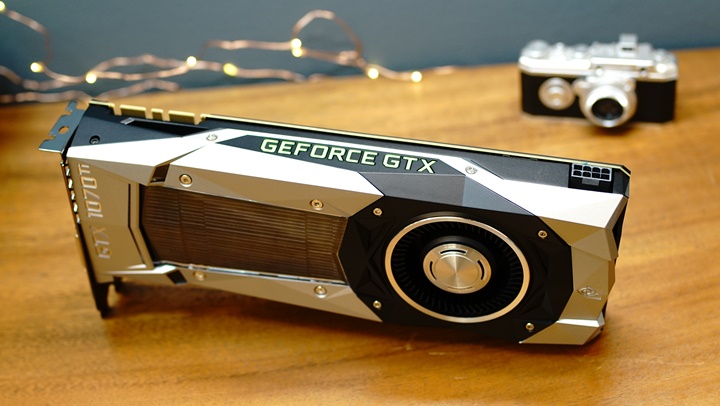
The shape of the card with all its angles looks almost aerodynamic. Nothing has really changed when compared to other high-end 10 Series Founders Edition NVIDIA graphics cards, except for the nice GTX 1070 Ti engraving towards the I/O.

The card does have a backplate, and the GeForce GTX logo lights up, making it look beautiful in any case that has a clear side window.

As for I/O, the card has three DisplayPort 1.4, one HDMI 2.0, and one Dual-Link DVI port.

Overall, build quality is top-notch, and you definitely won’t ever have to worry about aesthetics assuming that you like the look of a Founder’s card.
While we do not have a proper test bench setup for benchmarking, our setup emulates a final use-case of someone who would buy a 1070 Ti and use it in their system.
| CPU | Intel Core i7-6700K |
| Motherboard | Gigabyte Z170M-D3H |
| RAM | 2x8GB Corsair Vengeance LPX DDR4 @ 2666MHz |
| Storage | 250GB Samsung 850 Evo + 1TB WD Blue |
| PSU | Corsair RM650i |
| Case | Phanteks Eclipse P400 Tempered Glass Edition |
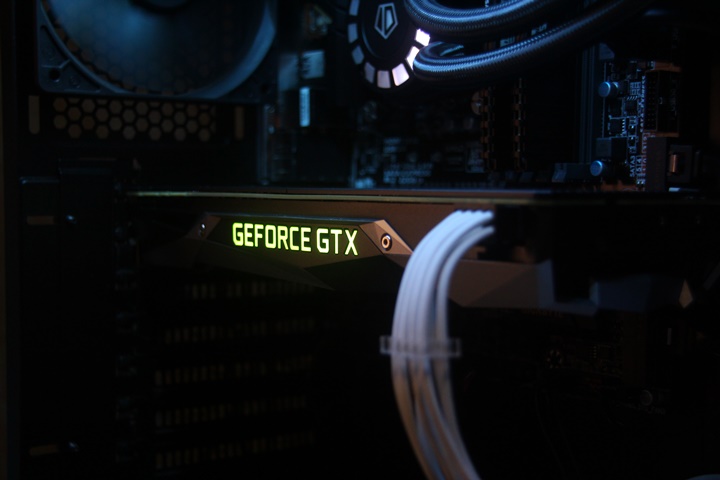
The Phanteks P400 case we used was equipped with enough fans to provide positive airflow, and our motherboard was good enough for acceptable power delivery. Note that our 6700K was overclocked to 4.4GHz, and the ambient room temperature was around 19°C. Now, let’s get into numbers.
It’s no surprise that the GTX 1070 Ti is a beast of a performer. All of the games we tested were ran at the highest possible graphics settings (with VSync off). The card is also running on its stock configuration as we did not overclock it. Check out the results below.
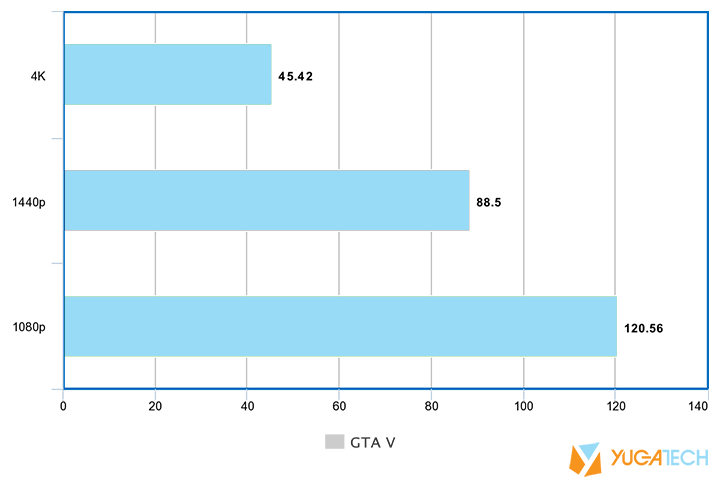
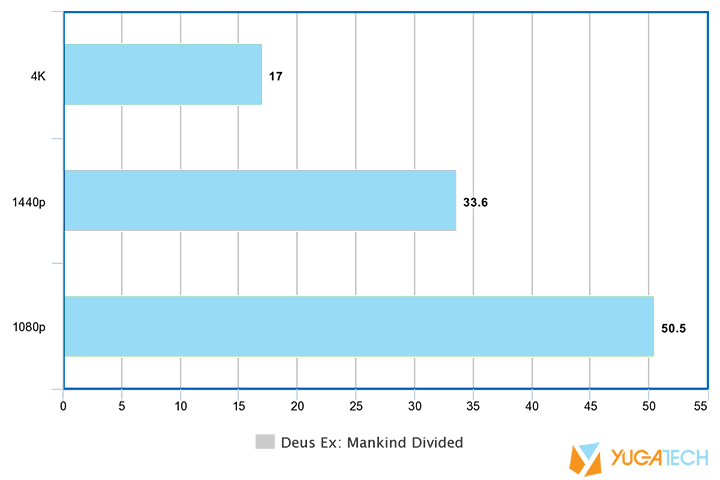

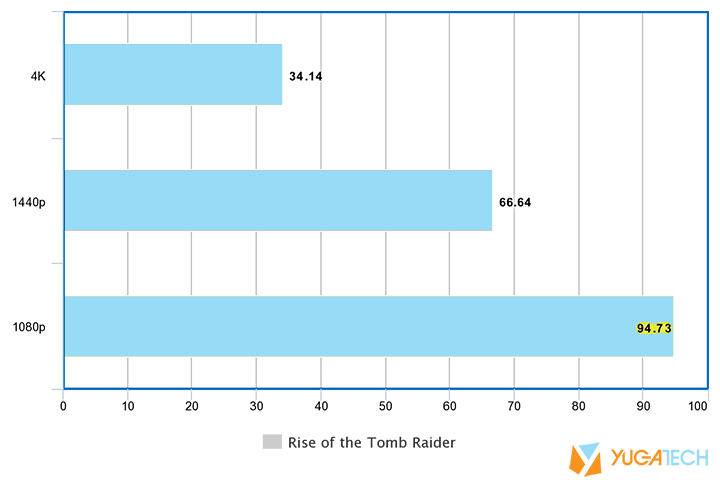
As is, these numbers are great if you’re someone who wants to play modern AAA titles at 1080p or 1440p at 60fps, on ultra settings. However, with a bit of overclocking and maybe even lowering some graphics settings, 4k at 60fps, or high-refresh rate 1440p or 1080p is very much within grasp.
For further testing, we also ran the staple 3DMark and Unigine benchmarks.


As you can see, we were able to get some really good scores on the synthetic benchmarks. Again, with some overclocking these will only improve, and will undoubtedly match or even surpass the performance of a stock GTX 1080.
The GTX 1070 Ti is undoubtedly a great option for those who want GTX 1080-esque levels of performance at a lower cost. It’s a very significant bump-up from the GTX 1070, despite being positioned in the middle of the two SKUs.
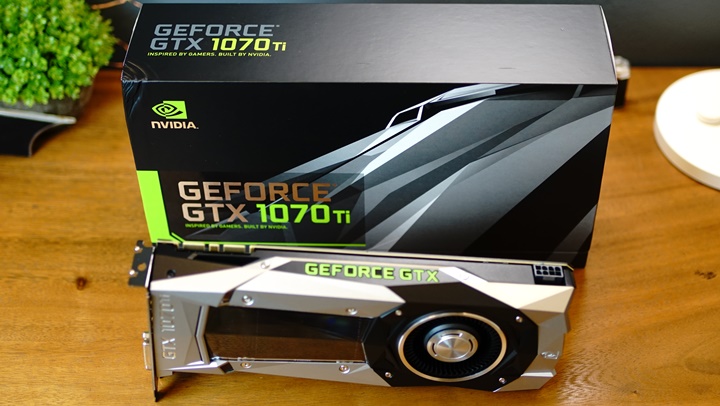
It’s great for gamers who want the nicest possible detail in games played at 1440p or 1080p 60fps, but that’s not to say that high refresh rate gaming or 4K 60fps is out of reach.
So far, out of the entire 10-series line-up of graphics cards from NVIDIA, the GTX 1070 Ti is very much in the running for having the best price-to-performance ratio.
A GTX 1080 Founder’s edition is listed at $549PHP 32,218INR 46,528EUR 523CNY 3,996, but with the GTX 1070 Ti, you’re getting similar enough performance for $100PHP 5,869INR 8,475EUR 95CNY 728 less. This begs the question, why does the GTX 1080 still even exist? That in itself is a topic for another article. Stay tuned.
NVIDIA GeForce GTX 1070 Ti specs:
CUDA Cores: 2432
Base Clock: 1607MHz
Boost Clock: 1683MHz
VRAM: 8GB GDDR5
Memory Speed: 8Gbps
Memory Interface Width: 256-bit
Memory Bandwidth: 256GB/sec
Maximum display resolution: 7680 x 4320 @ 60Hz
Bus: PCIe 3.0
Simultaneous Multi-Projection
VR Ready
NVIDIA Ansel
NVIDIA SLI Ready
NVIDIA G-SYNC Ready
NVIDIA GameStream Ready
NVIDIA GPU Boost 3.0
HDCP 2.2
DisplayPort 1.4
HDMI 2.0b
DL-DVI
Height: 4.376″
Length: 10.5″
Width: 2-Slot
Maximum GPU Temp: 94°C
Graphics Card Power: 180W
Recommended System Power: 500W
What we liked about it:
What we didn’t:

YugaTech.com is the largest and longest-running technology site in the Philippines. Originally established in October 2002, the site was transformed into a full-fledged technology platform in 2005.
How to transfer, withdraw money from PayPal to GCash
Prices of Starlink satellite in the Philippines
Install Google GBox to Huawei smartphones
Pag-IBIG MP2 online application
How to check PhilHealth contributions online
How to find your SIM card serial number
Globe, PLDT, Converge, Sky: Unli fiber internet plans compared
10 biggest games in the Google Play Store
LTO periodic medical exam for 10-year licenses
Netflix codes to unlock hidden TV shows, movies
Apple, Asus, Cherry Mobile, Huawei, LG, Nokia, Oppo, Samsung, Sony, Vivo, Xiaomi, Lenovo, Infinix Mobile, Pocophone, Honor, iPhone, OnePlus, Tecno, Realme, HTC, Gionee, Kata, IQ00, Redmi, Razer, CloudFone, Motorola, Panasonic, TCL, Wiko
Best Android smartphones between PHP 20,000 - 25,000
Smartphones under PHP 10,000 in the Philippines
Smartphones under PHP 12K Philippines
Best smartphones for kids under PHP 7,000
Smartphones under PHP 15,000 in the Philippines
Best Android smartphones between PHP 15,000 - 20,000
Smartphones under PHP 20,000 in the Philippines
Most affordable 5G phones in the Philippines under PHP 20K
5G smartphones in the Philippines under PHP 16K
Smartphone pricelist Philippines 2024
Smartphone pricelist Philippines 2023
Smartphone pricelist Philippines 2022
Smartphone pricelist Philippines 2021
Smartphone pricelist Philippines 2020